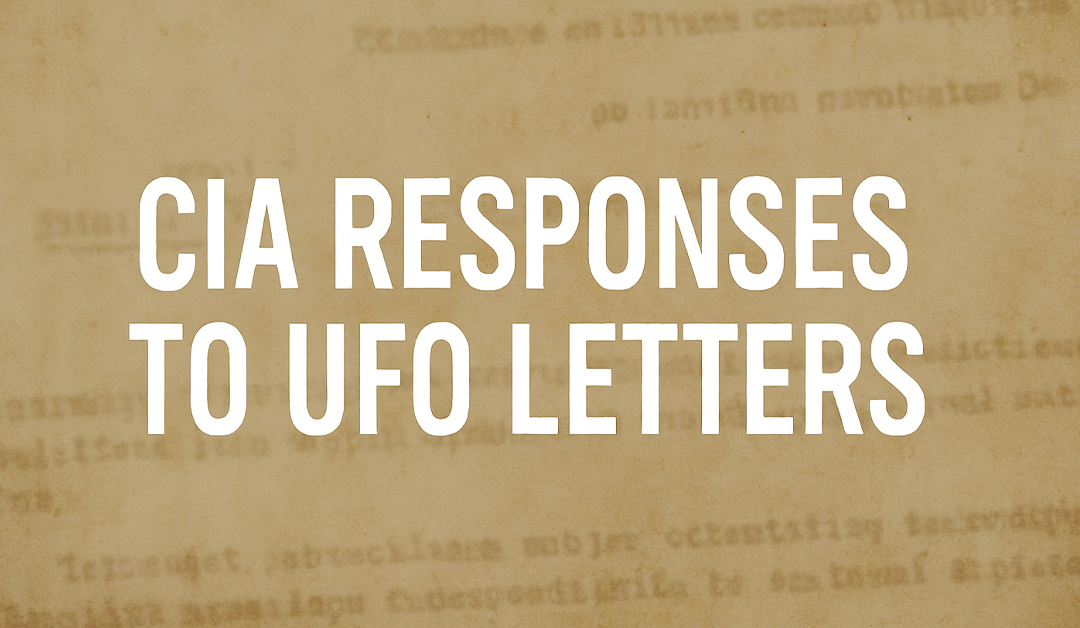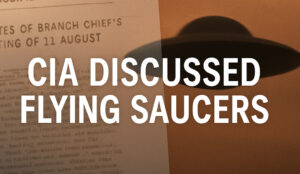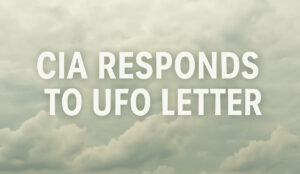A newly declassified memo shows CIA analysts in the mid-20th century responding internally to a wave of public letters about unidentified flying objects (UFOs).
Rather than expressing alarm, the tone is detached-almost dismissive-suggesting the agency had little interest in investigating the claims coming from American citizens.
Despite growing sightings and concern in the public sphere, the CIA’s internal correspondence reveals an agency more preoccupied with optics than evidence.
📬 The Letters the CIA Ignored
The document contains commentary on multiple incoming letters received by the CIA, each alleging UFO sightings or warning of extraterrestrial threats.
But there’s no indication of follow-up.
In most cases, CIA staff either marked the letters for filing, redirected them to other agencies, or simply annotated them with curt internal remarks.
Examples include:
-
A writer alleging repeated UFO flyovers near an Air Force base
-
A civilian warning of "extraterrestrial surveillance" of U.S. infrastructure
-
A letter suggesting government complicity in covering up alien activity
Rather than investigate, the agency’s response was bureaucratic redirection.
🤐 Silence as Policy
The agency’s stance appears to align with a broader Cold War-era doctrine: suppress civilian speculation to prevent public panic.
The document lacks any serious discussion of the claims’ merit. Instead, it illustrates a system designed to absorb public inquiries without legitimizing them.
No formal studies were launched. No technical evaluations conducted.
Just a steady stream of passive deflection.
🧾 A Glimpse Into Bureaucratic UFO Gatekeeping
While the memo doesn’t disprove the claims, it provides insight into how the U.S. intelligence community internally deprioritized them. It wasn’t about what was being reported.
It was about who was doing the reporting.
Civilian testimonies, no matter how urgent or detailed, were quietly filed away.
This document shows an early example of the intelligence community’s longstanding practice of acknowledging UFO reports only in terms of public relations, not genuine inquiry.






